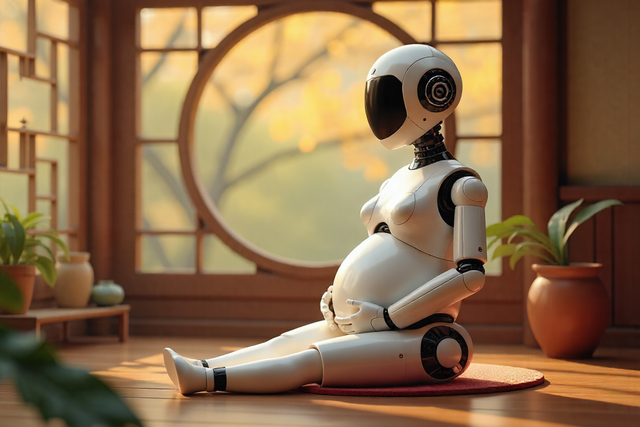China's “pregnant” humanoid robot was fake
China's “pregnant” humanoid robot was fake


In recent days, a piece of news went around the world, yes, by promising something that seemed pure madness, a humanoid robot capable of getting pregnant and giving birth. The story supposedly linked to a company called Kaiwa Technology and an inventor identified as Zhang Qifeng, showed impressive images of a machine with an artificial uterus in the abdomen and assured that in a short time this “pregnant” robot would be available for less than 100,000 yuan.


The idea of a machine capable of carrying a human baby inside is impossible now, but behind this fake news an interesting question arises. To what extent has real science advanced in the direction of artificial wombs and so-called ectogenesis? The answer is that we are still a long way from something like the “pregnant” robot.


What exists today are much more modest experiments focused on saving extremely premature babies, systems such as biobags have already managed to keep lambs in a liquid environment for days, 10 days or weeks connected to external circuits that supply oxygen and nutrients.
